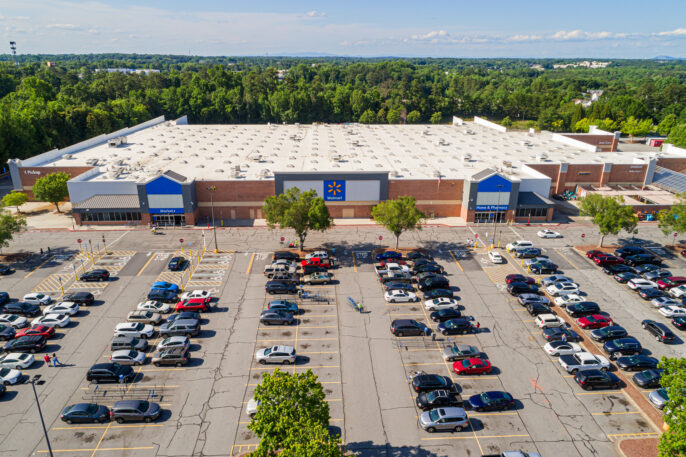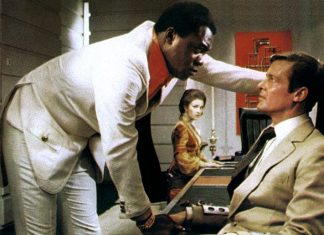
Big box stores are disappearing all over—what’s driving this trend, and what might this mean for shopping near me? I’d appreciate some ideas on how to support local businesses or find good alternatives online.
Table of Contents
ToggleThe Rise and Fall of Big Box Stores
For decades, big box stores like Walmart, Target, and Best Buy dominated retail, offering competitive prices, vast product selections, and convenient one-stop shopping. However, in recent years, many of these stores have been closing locations or downsizing.
The decline of big box retailers is driven by several factors:
- The E-Commerce Boom: With giants like Amazon offering fast delivery and competitive pricing, many consumers prefer the convenience of online shopping.
- Changing Consumer Habits: Millennials and Gen Z shoppers favor personalized shopping experiences, sustainability, and local businesses over large corporate chains.
- Economic Pressures: Inflation, high operating costs, and supply chain disruptions have made it harder for big retailers to sustain physical locations.
- Urban Development Changes: Cities are prioritizing smaller, mixed-use developments, reducing space for sprawling big box stores.
How This Affects Local Shopping Options
The closure of large retailers has a significant impact on local economies and shopping behaviors:
- Fewer In-Person Shopping Options: Consumers may have to travel further to find physical retail stores, making it harder to compare products in person.
- Job Losses and Economic Shifts: Large retail chains employ thousands of workers, and closures contribute to job losses and declining local economies.
- Increased Demand for Local Stores: As big box stores disappear, smaller retailers and independent businesses have an opportunity to fill the gap.
How to Support Local Businesses
If you’re concerned about losing your local shopping options, here are some ways to support small businesses:
- Shop Local First: Before heading online, check if nearby stores carry what you need. Farmers’ markets, boutiques, and independent bookshops are great places to start.
- Use “Buy Online, Pick Up In Store” (BOPIS): Many local retailers now offer online shopping with in-store pickup, providing convenience while supporting your community.
- Attend Local Events: Many small businesses participate in craft fairs, pop-up markets, and community events. Engaging with these initiatives helps them thrive.
- Spread the Word: Word-of-mouth marketing is crucial for small businesses. Leave positive reviews online and recommend your favorite shops to friends and family.
Finding Good Alternatives Online
If big box stores in your area are closing, online shopping remains an option—but not just from massive retailers. Here are some alternatives:
- Support Small Businesses on Marketplaces: Websites like Etsy, eBay, and independent brand sites allow you to purchase from small sellers rather than corporate giants.
- Check Local Business Websites: Many local stores have e-commerce options. Before buying from Amazon, see if a local retailer offers the same product.
- Use Ethical Shopping Platforms: Websites like Bookshop.org (for books) and Thrive Market (for groceries) help consumers buy from independent sellers while still enjoying online convenience.
The Future of Retail: What’s Next?
As big box stores continue to close, retail will likely shift towards:
- Smaller, Experience-Driven Stores: Brands will focus on creating in-person experiences rather than just selling products.
- Hybrid Shopping Models: More businesses will blend physical stores with online platforms, offering services like same-day pickup and personalized shopping.
- Sustainable and Local-First Approaches: Consumers are demanding more eco-friendly and community-focused shopping options, pushing retailers to adapt.
While big box stores may be vanishing, this shift opens new opportunities for local businesses and smarter shopping choices. By supporting small retailers and exploring alternative shopping methods, consumers can adapt to this changing landscape while keeping their communities thriving.







